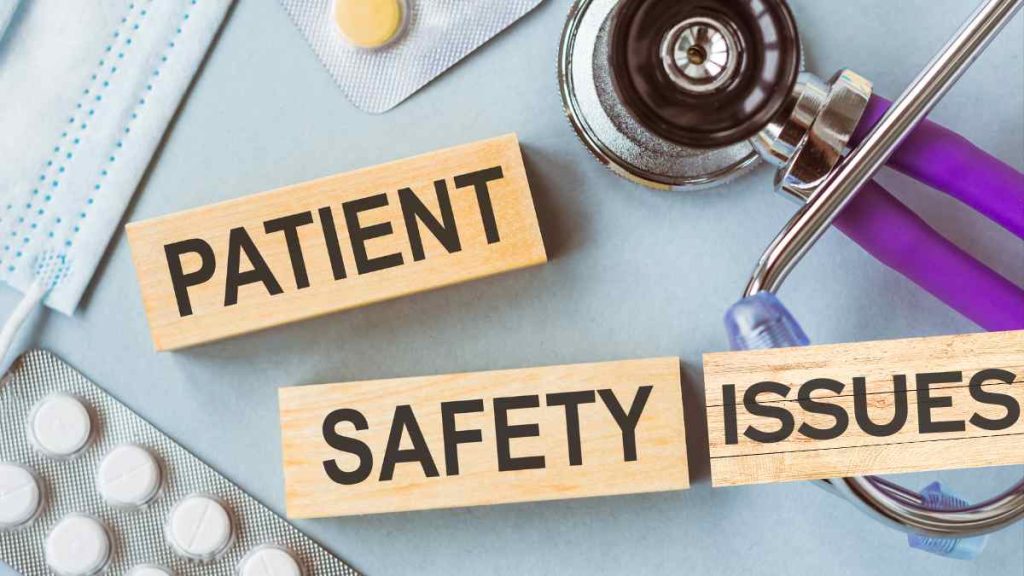- Oak Brook:(630) 705-9999
- Chicago:(312) 920-8822
- Email:inquiry@vervecollege.edu
- Make a Payment
- Home
- Programs
- Admission
- Resources
- ATI Entrance Exam Resources
- New E-Digital Library
- Refer a Friend
- School Newsletter
- Events
- Employers
- Job-Network
- Alpha Beta Kappa Candidates
- Verve College Library
- Graduation and Pinning Ceremony Photo Galleries
- Textbook Information
- Career Services
- Tutoring
- School Catalog
- FAQ
- Constitution Day Program
- Alumni
- Verve College Plans
- Financial Aid
- HEERF Reporting
- Satisfactory Academic Progress
- Apply For Financial Aid
- Net Price Calculator
- Return of Title IV Funds (R2T4)
- Financial Aid Office Code of Conduct
- Contact
- FAQs
- Verification Policy
- Vaccination Policy
- Student Right-to-Know Act
- Misrepresentation
- Information Security Program
- Academic Award Year
- Availability of Employee
- Cost of Attendance
- Health & Safety Exemption Requirement
- Students Rights and Responsibilities
- Leave of Absence
- Pell Formula
- Military Students
- Grants/ Scholarship Policy
- Contact Us
- Testimonials
- Blog
Is a Nursing Career Right For You?
Take The Free Quiz
Top 5 Patient Safety Issues in Nursing
Top 5 Patient Safety Issues in Nursing
Experts estimate that at least one person dies daily due to pharmaceutical mistakes. Over 1.3 million are injured annually due to these mistakes despite increasing education programs, electronic medical record systems (EMRs), and safety precautions to combat pharmaceutical errors.
Let’s Call Attention to the Top 5 Patient Safety Issues in Nursing
Medication Errors
Errors may arise during medicine administration when nurses are overburdened, and errors frequently happen on busy wards; pharmaceutical mistakes are all too easy to make; simply picking the wrong patient name when ordering medications or giving out incorrect doses are just examples of pharmaceutical mistakes made all too frequently by nurses many pills contain names with similar-sounding names so to protect themselves, there remains on their list due to prescription errors which could prove deadly for all involved parties involved. Medication errors have the potential for significant physical consequences and learning in practical nurse school.
Falls
Nearly all patient care facilities now implement plans to minimize fall risks due to their dangerous and expensive consequences. Risk evaluation may be included in certain EMR patient intake or treatment records. At the same time, hospitals offer special plans with tailored care plans and customized socks ideal for elderly, confused, or drugged patients at long-term care institutions where frailness, confusion, or taking multiple medicines could increase the urge to use lavatories or toilets.
All these factors increase the odds of falling, leading to severe injuries from falls that require hospital treatment, which increases costs significantly for recovery. Patients’ objective should not be leaving the hospital with new injuries but rather recuperating. Therefore, dedicated nurses provide optimal intervention by evaluating patients’ fall risks before providing appropriate interventions.
Related:- How Does (Lpns) Nurse Burnout Affect Patient Care?
Hospital-Acquired Infections (HAIs)
Most hospital-acquired infections (HAIs), like pneumonia, bloodstream infections, surgical site infections, and urinary tract infections, are persistent among hospital-acquired disorders (HAIs). Apart from catheter-associated urinary tract infections that have only shown “some progress” in acute care settings, experts claim HAIs have been on a downward trend; nursing staff understands this risk for many of their patients who likely have compromised immune systems due to being exposed to various diseases and may need antibiotics treatment themselves for treatment of HAIs as a preventative measure against HAIs being acquired during hospital stays.
Healthcare professionals who fail to follow best practices regarding wearing PPE or washing their hands properly expose patients to harmful pathogens, increasing the risk of infection for both themselves and patients alike. Handwashing can significantly decrease this risk for all involved. In addition to wearing required PPE and teaching their families about infection prevention techniques, nurses play a special role in protecting patient safety by encouraging other medical staff in the unit to follow preventative recommendations more diligently, which you can learn from Illinois college of nursing tuition.
Wrong Patient
Not just drug errors are at stake here; quality patient care may be delivered by multiple individuals at various points during care delivery, which could result in medical errors such as ordering the wrong blood components, selecting an adoptive parent with whom one should adopt or sending someone for exams at an incorrect exam center. Occasionally surgical procedures continue being carried out at the wrong locations without ever realizing this is happening.
Since implementing checklists and “time outs”, surgical errors have significantly declined thanks to barcode scanning and electronic medical records with patient images; however, other things still cause errors that nurses must monitor closely. While barcode scanning and EMRs with patient images provide some relief for nurses when communicating with patients directly, nurses must remain watchful in double-checking everything as much as possible; using the patient’s name/date at every interaction may seem repetitive, it serves to confirm they’re speaking to the right individual.
Pressure Ulcers
An estimated 2.5 million patients each year suffer pressure ulcers. Patients at risk generally have delicate skin, limited nutrition, and complex illness processes, which often can’t change these risk factors independently; nurses can reduce this risk by developing and following regular turning and cleaning plans for incontinent patients. To know more, search for LPN programs near me.
Staff nurses should inform patients’ families upon discharge about pressure ulcer prevention. Nurses must continuously assess for early warning signs and intervene as quickly as possible pressure ulcers pose similar health and financial concerns as other patient safety issues in nursing; they are costly for hospitals and extend the length of stay while decreasing overall wellness.
 Sign up
Sign up Login
Login




